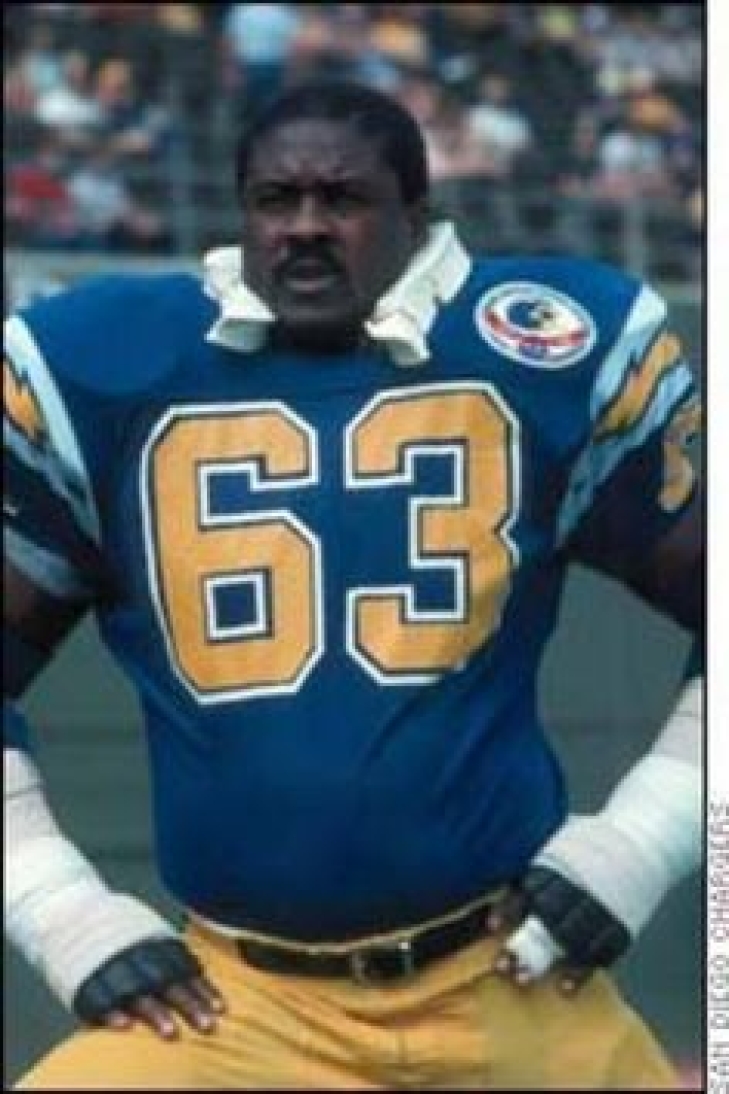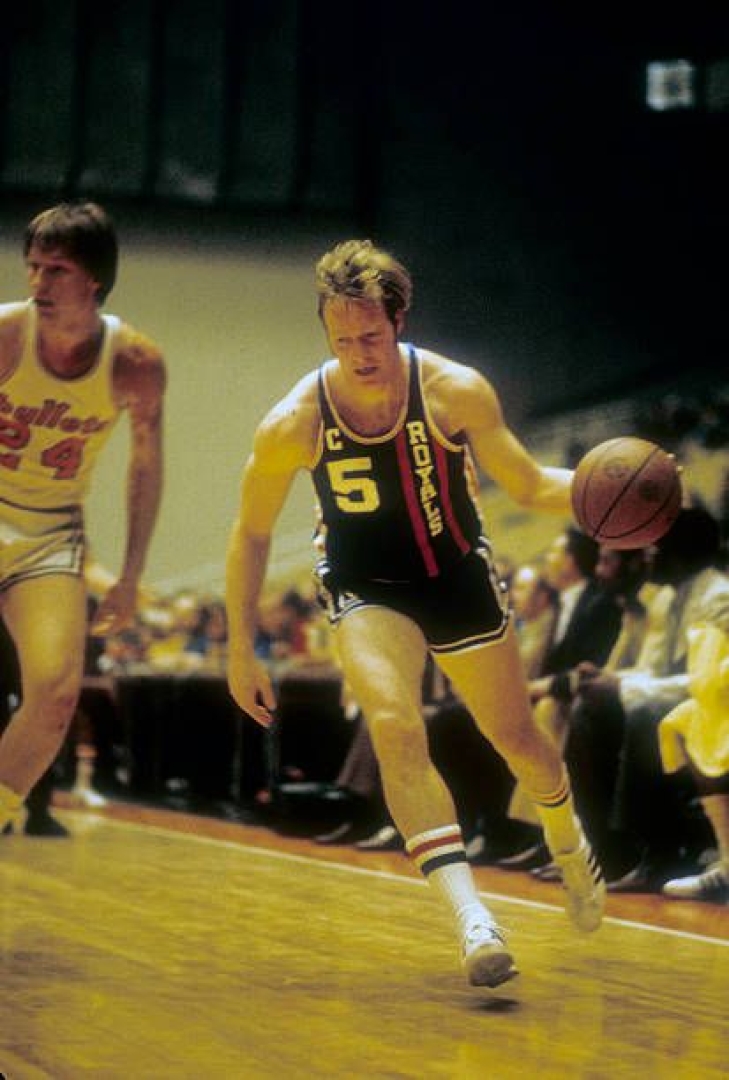
Committee Chairman
202. Doug Wilkerson
Doug Wilkerson was all set to play college ball at Michigan State but an incident with another student in his senior year of high school led to its revocation. It did not impact his path to the professional ranks, as even though he went to the small HBCU school of North Carolina Central, but shone so bright that he was a First Round Pick in 1970 by the Houston Oilers. As a rookie, Wilkerson did not start and was also playing at Defensive End. The Oilers traded the Guard to San Diego, and he would play a large part in the “Air Coryell” Offense of the Chargers.
Wilkerson was San Diego’s starting Left Guard from 1971 to 1984, and with the arrival of Dan Fouts in 1973 and Coryell’s arrival in 1978, Wilkerson became the protector of the Chargers offense. Fouts was routinely throwing for unprecedented passing yards at the time, and Wilkerson was one of the top guards who rarely got his due with the exception of the San Diego media. Wilkerson was finally rewarded with three straight Pro Bowls (1980-82) with a First Team All-Pro in 1982. Arguable one of the best Offensive Linemen in Chargers history, Wilkerson is part of the Chargers Hall and Black College Hall of Fame.
78. Bill Melchionni
From Villanova, Bill Melchionni was drafted by the nearby Philadelphia 76ers, where he was a reserve player on their 1967 Championship team. His stay with the Sixers only lasted two years, as his contract was not renewed. He played for the Trenton Colonials of the Eastern Professional Basketball League, but when the ABA came into existence, his chance for prominence came.
Melchionni joined the New York Nets in 1969, and it was an instant success for both parties. As their starting Point Guard, Melchionni won three straight Assists Titles (1970-71 to 1972-73), all of which saw him go to the ABA All-Star Game. He was also a First Team All-ABA Selection in 1972.
The arrival of Julius Erving reduced his role but improved the club, and Melchionni helped the Nets win the 1974 and 1976 ABA Championships. Following the merger of the ABA and NBA, Melchionni retired and served as their General Manager for two years.
His number 25 would later be retired by the Nets.
77. Tom Van Arsdale
The identical twin of Dick Van Arsdale, Tom Van Arsdale played with his brother at the University of Indiana, where he impressed enough to be drafted by the Detroit Pistons in 1965. He was decent enough with the Pistons, but in his third year, Van Arsdale was traded to the Cincinnati Royals, where he had his best run.
From 1969-70 to 1971-72, Van Arsdale was named to the All-Star Team and averaged over 22 Points per Game in those first two years. It was productive for Van Arsdale, but his respective team was not very good like in Detroit. Van Arsdale later played for Kansas City, Philadelphia, Atlanta and one last year in Phoenix where he played with his twin.
Despite playing 929 Regular Season Games with a 15.3 PPG, Van Arsdale never appeared in a playoff game.
Notinhalloffame List Update: 61-70 on Basketball Revised
The problem with running a Hall of Fame-related website is that many of the big ones we cover all have announcements within months of each other. The backbone of what we do is list-related, resulting in a long push to revise what we already have, specifically now with our Football and Basketball Lists.
At present, we have a minor update as we have completed the seventh ten of the 2024 Basketball List, which you can comment on and vote on:
The new 61 to 70:
61. Dale Ellis
62. Randy Smith
63. Michael Finley
64. Rod Strickland
65. Jermaine O’Neal
66. Terry Porter
67. Danny Ainge
68. Antawn Jamison
69. Sidney Wicks
70. Jeff Mullins
Rankings are impacted annually based on your comments and votes.
Thank you all for your patience. We will soon unveil more changes to the football and basketball lists.





